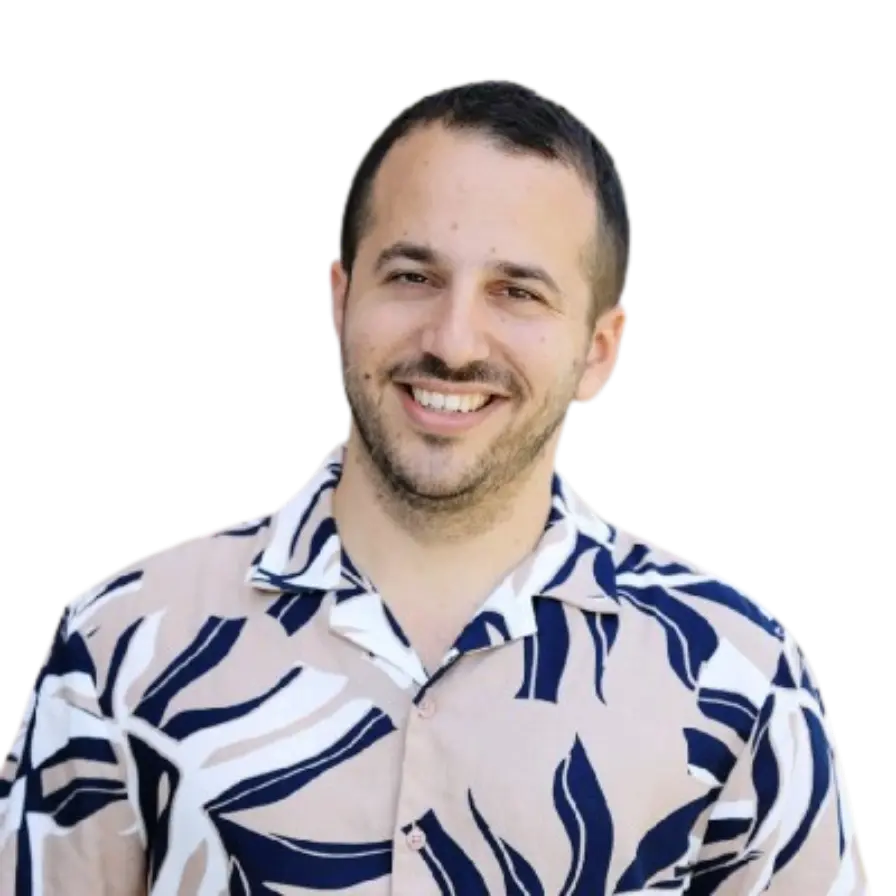Transforming Data Security with Large Language Models (LLMs): Sentra’s Innovative Approach
In today's data-driven world, the success of any data security program hinges on the accuracy, speed, and scalability of its data classification efforts. Why? Because not all data is created equal, and precise data classification lays the essential groundwork for security professionals to understand the context of data-related risks and vulnerabilities. Armed with this knowledge, security operations (SecOps) teams can remediate in a targeted, effective, and prioritized manner, with the ultimate aim of proactively reducing an organization's data attack surface and risk profile over time.
Sentra is excited to introduce Large Language Models (LLMs) into its classification engine. This development empowers enterprises to proactively reduce the data attack surface while accurately identifying and understanding sensitive unstructured data such as employee contracts, source code, and user-generated content at scale.
Many enterprises today grapple with a multitude of data regulations and privacy frameworks while navigating the intricate world of cloud data. Sentra's announcement of adding LLMs to its classification engine is redefining how enterprise security teams understand, manage, and secure their sensitive and proprietary data on a massive scale. Moreover, as enterprises eagerly embrace AI's potential, they must also address unauthorized access or manipulation of Language Model Models (LLMs) and remain vigilant in detecting and responding to security risks associated with AI model training. Sentra is well-equipped to guide enterprises through this multifaceted journey.
A New Era of Data Classification
Identifying and managing unstructured data has always been a headache for organizations, whether it's legal documents buried in email attachments, confidential source code scattered across various folders, or user-generated content strewn across collaboration platforms. Imagine a scenario where an enterprise needs to identify all instances of employee contracts within its vast data repositories. Previously, this would have involved painstaking manual searches, leading to inefficiency, potential oversight, and increased security risks.
Sentra’s LMM-powered classification engine can now comprehend the context, sentiment, and nuances of unstructured data, enabling it to classify such data with a level of accuracy and granularity that was previously unimaginable. The model can analyze the content of documents, emails, and other unstructured data sources, not only identifying employee contracts but also providing valuable insights into their context. It can understand contract clauses, expiration dates, and even flag potential compliance issues. Similarly, for source code scattered across diverse folders, Sentra can recognize programming languages, identify proprietary code, and ensure that sensitive code is adequately protected.
When it comes to user-generated content on collaboration platforms, Sentra can analyze and categorize this data, making it easier for organizations to monitor and manage user interactions, ensuring compliance with their policies and regulations. This new classification approach not only aids in understanding the business context of unstructured customer data but also aligns seamlessly with compliance standards such as GDPR, CCPA, and HIPAA. Ensuring the highest level of security, Sentra exclusively scans data with LLM-based classifiers within the enterprise's cloud premises. The assurance that the data never leaves the organization’s environment reduces an additional layer of risk.
Quantifying Risk: Prioritized Data Risk Scores
Automated data classification capabilities provide a solid foundation for data security management practices. What’s more, data classification speed and accuracy are paramount when striving for an in-depth comprehension of sensitive data and quantifying risk.
Sentra offers data risk scoring that considers multiple layers of data, including sensitivity scores, access permissions, user activity, data movement, and misconfigurations. This unique technology automatically scores the most critical data risks, providing security teams and executives with a clear, prioritized view of all their sensitive data at-risk, with the option to drill down deeply into the root cause of the vulnerability (often at a code level).
Having a clear, prioritized view of high-risk data at your fingertips empowers security teams to truly understand, quantify, and prioritize data risks while directing targeted remediation efforts.
The Power of Accuracy and Efficiency
One of the most significant advantages of Sentra's LLM-powered data classification is the unprecedented accuracy it brings to the table. Inaccurate or incomplete data classification can lead to costly consequences, including data breaches, regulatory fines, and reputational damage. With LLMs, Sentra ensures that your data is classified with precision, reducing the risk of errors and omissions. Moreover, this enhanced accuracy translates into increased efficiency. Sentra's LLM engine can process vast volumes of data in a fraction of the time it would take a human workforce. This not only saves valuable resources but also enables organizations to proactively address security and compliance challenges.
Key developments of Sentra's classification engine encompass:
- Automatic classification of proprietary customer data with additional context to comply with regulations and privacy frameworks.
- LLM-powered scanning of data asset content and analysis of metadata, including file names, schemas, and tags.
- The capability for enterprises to train their LLMs and seamlessly integrate them into Sentra's classification engine for improved proprietary data classification.
We are excited about the possibilities that this advancement will unlock for our customers as we continue to innovate and redefine cloud data security. To learn more about Sentra’s LMM-powered classification engine, request a demo today.










.webp)



